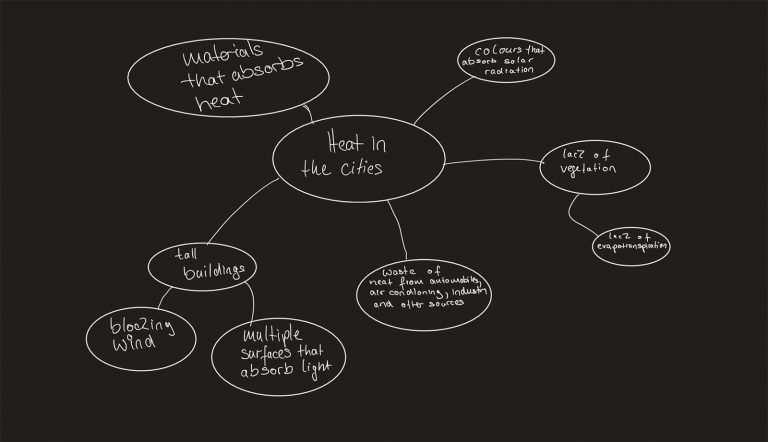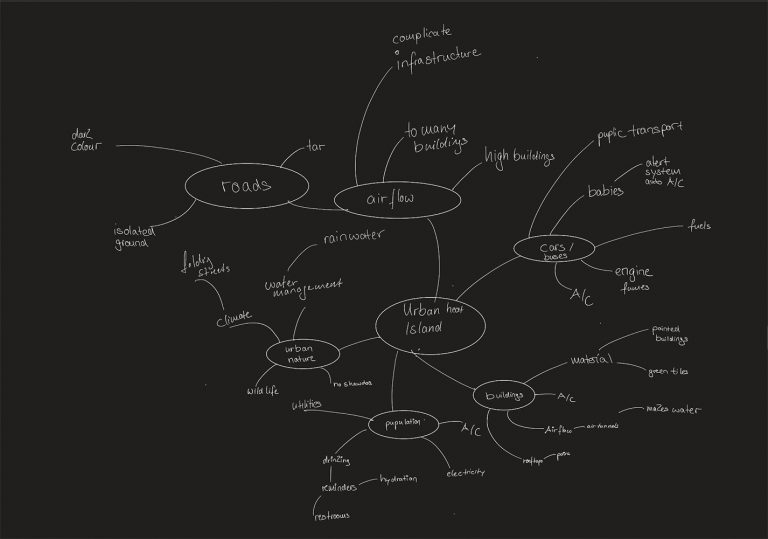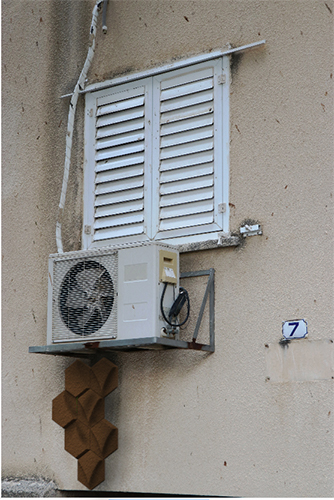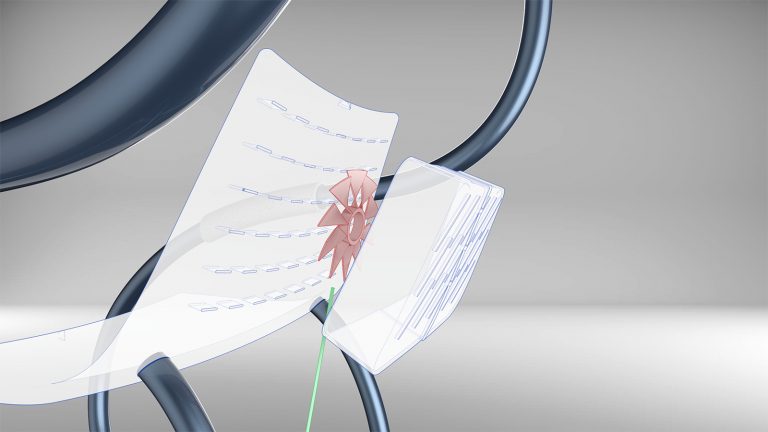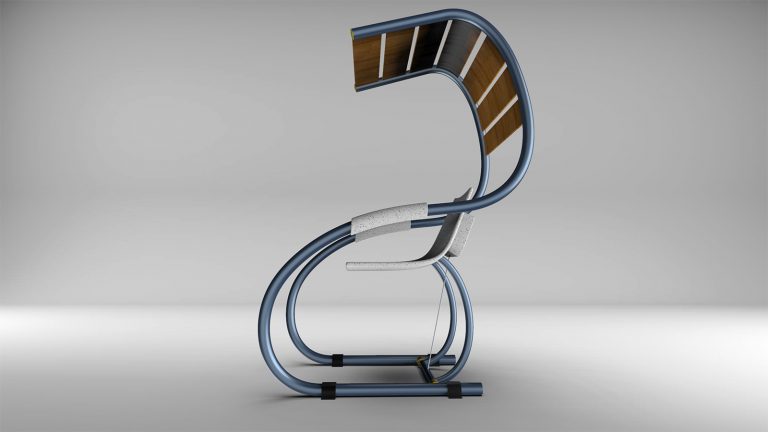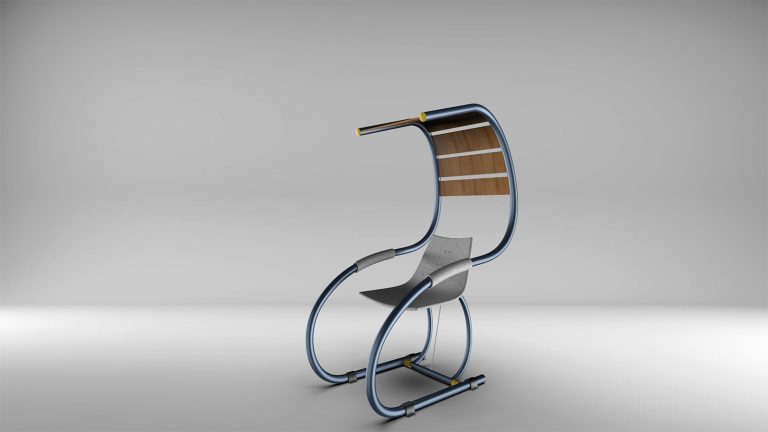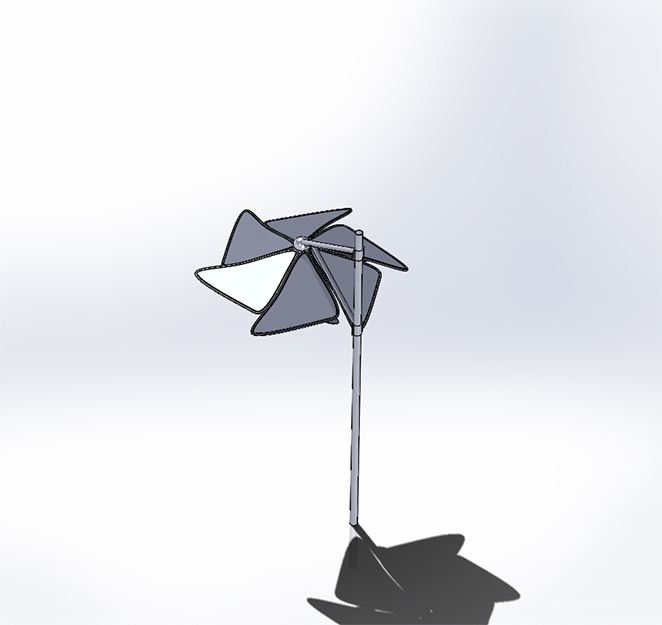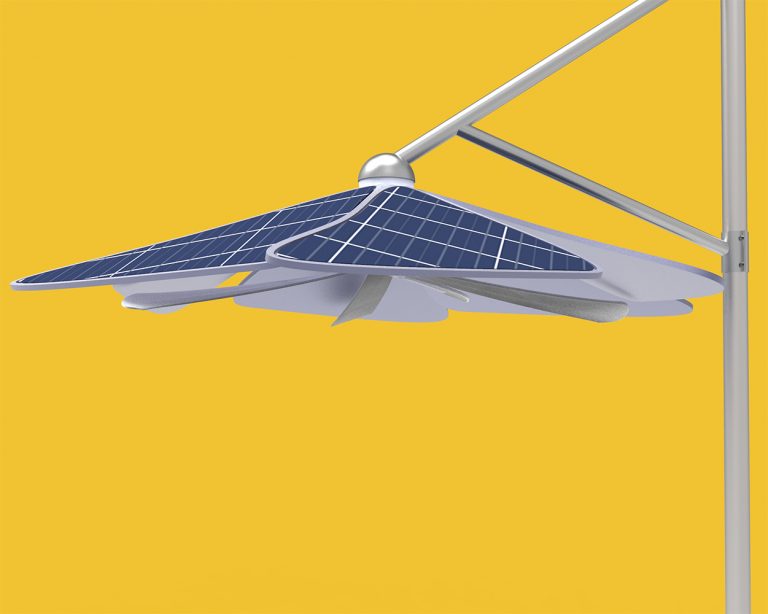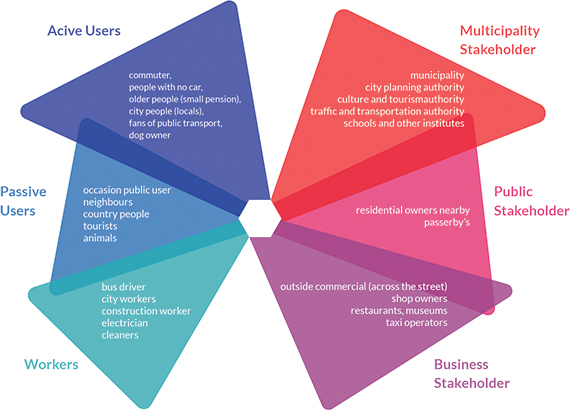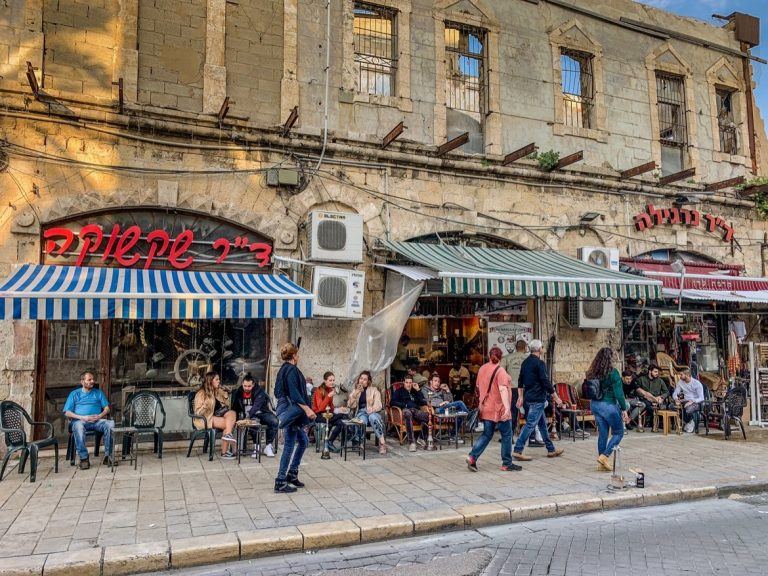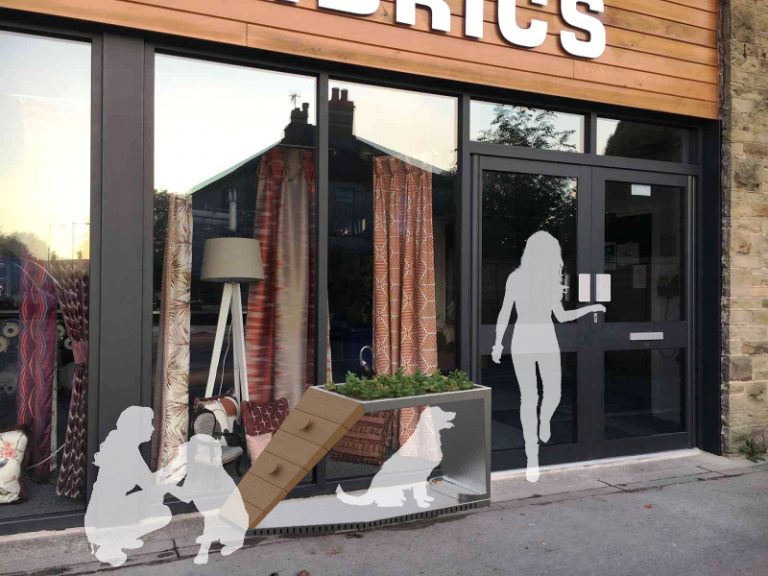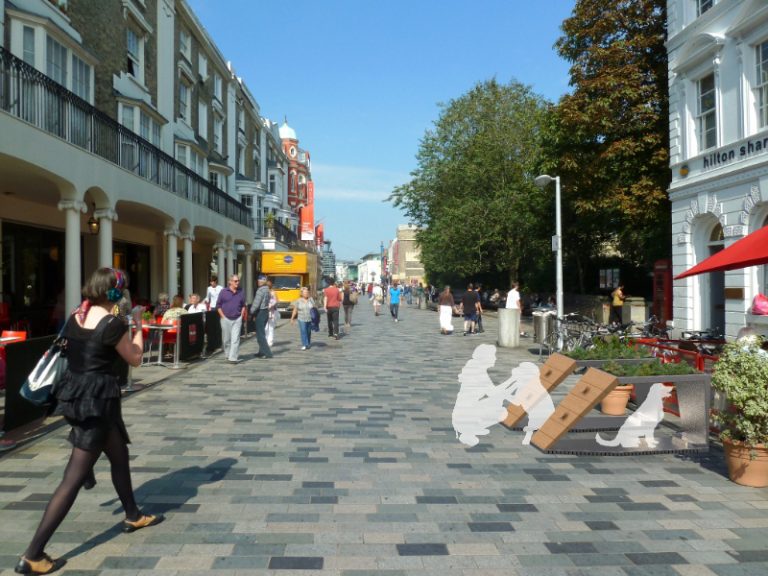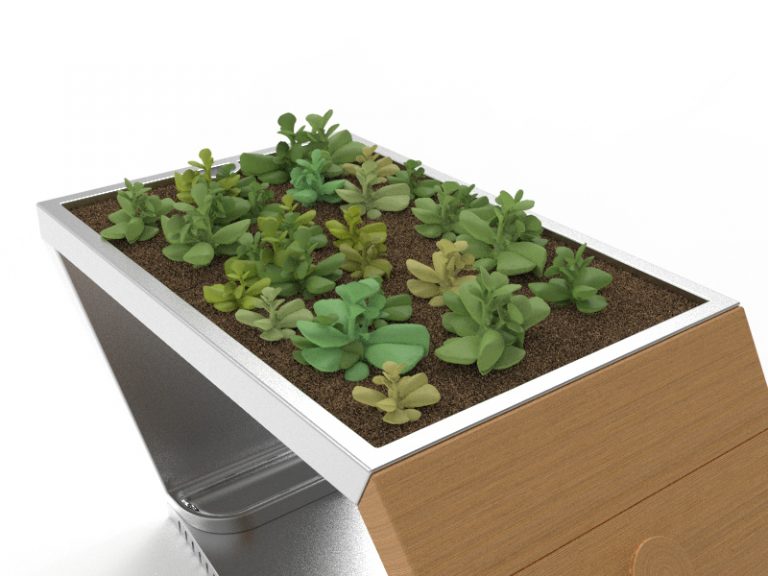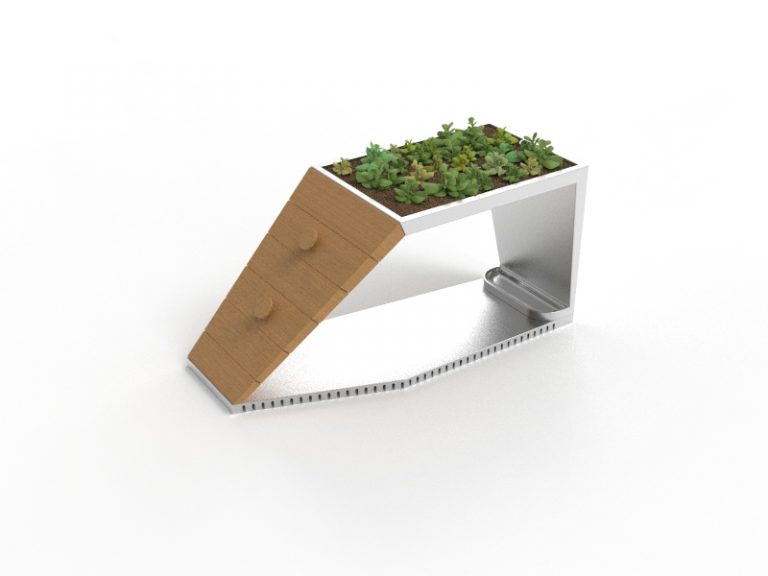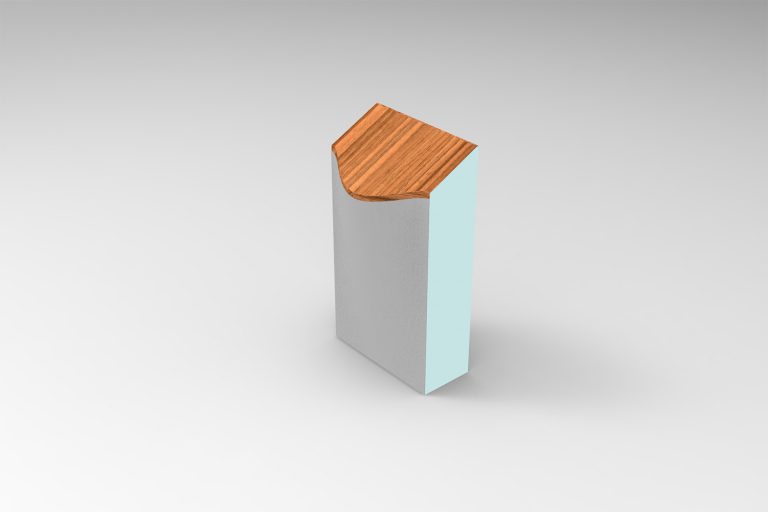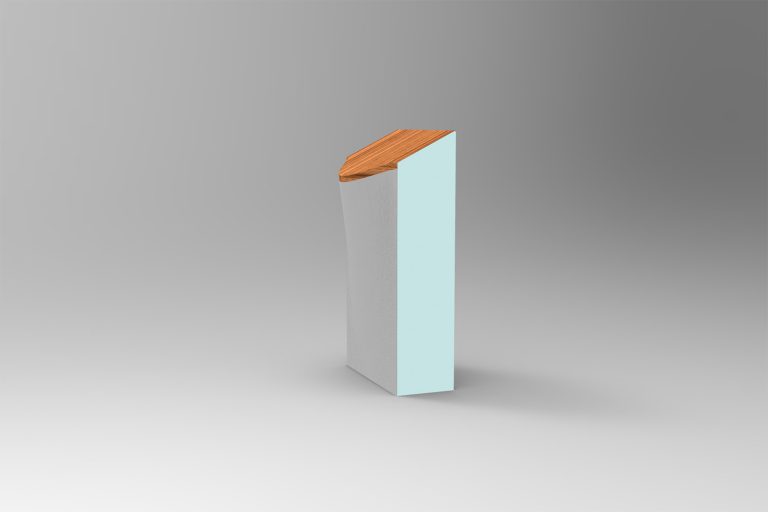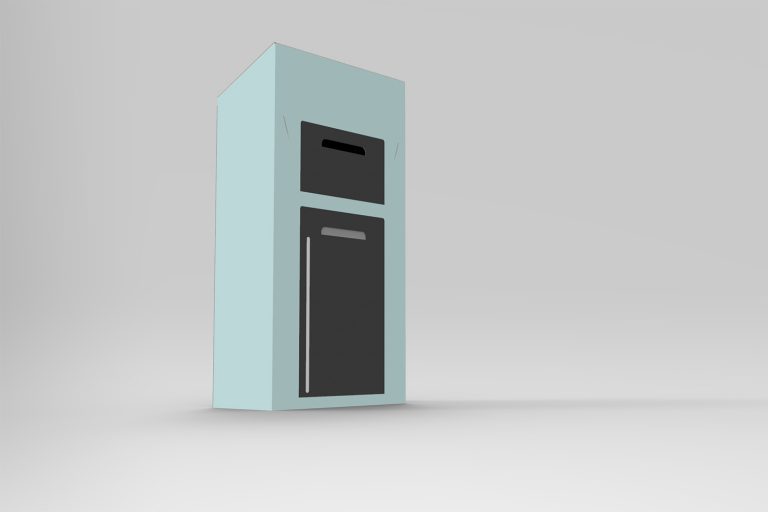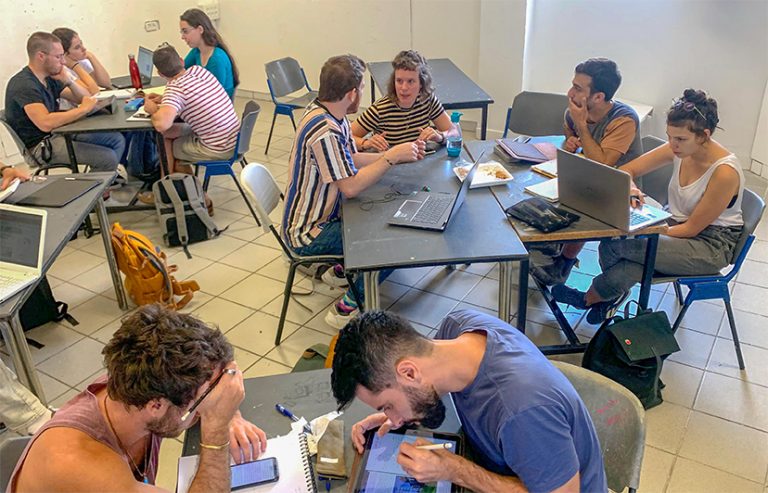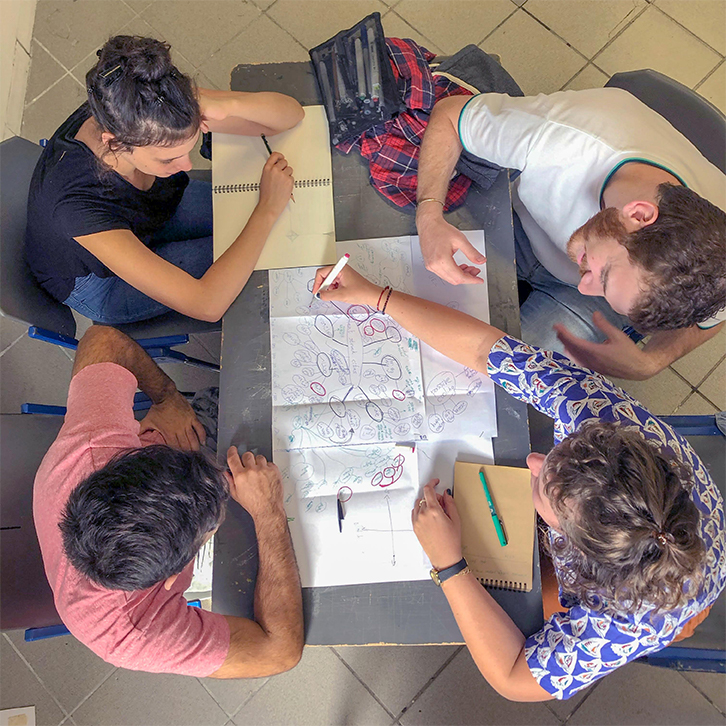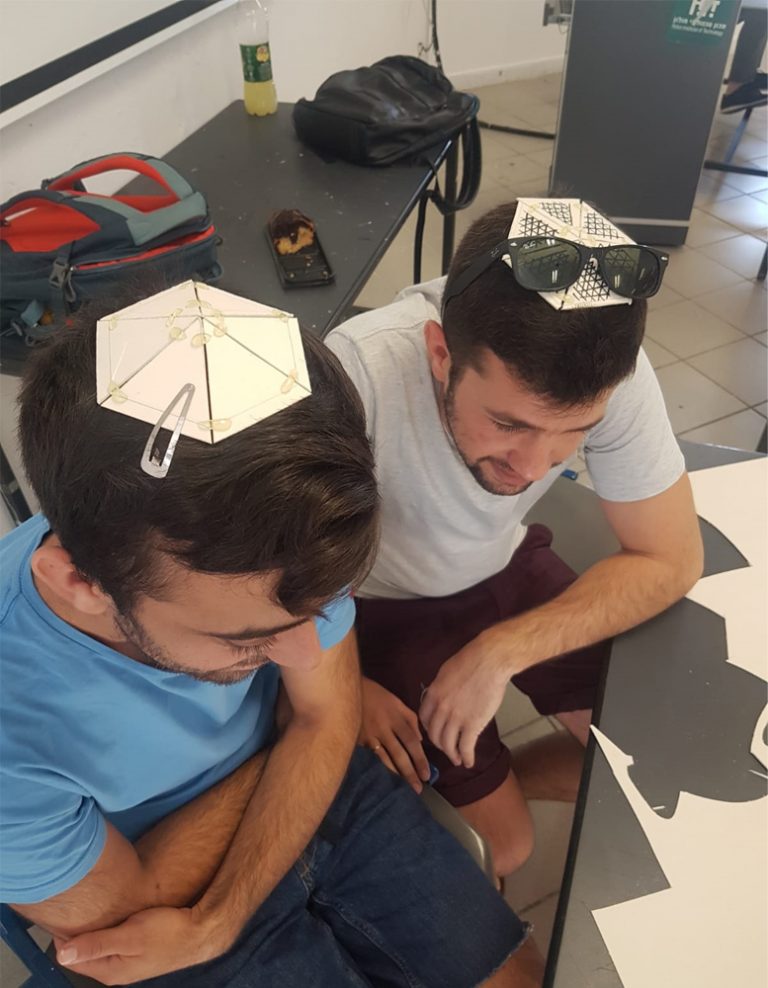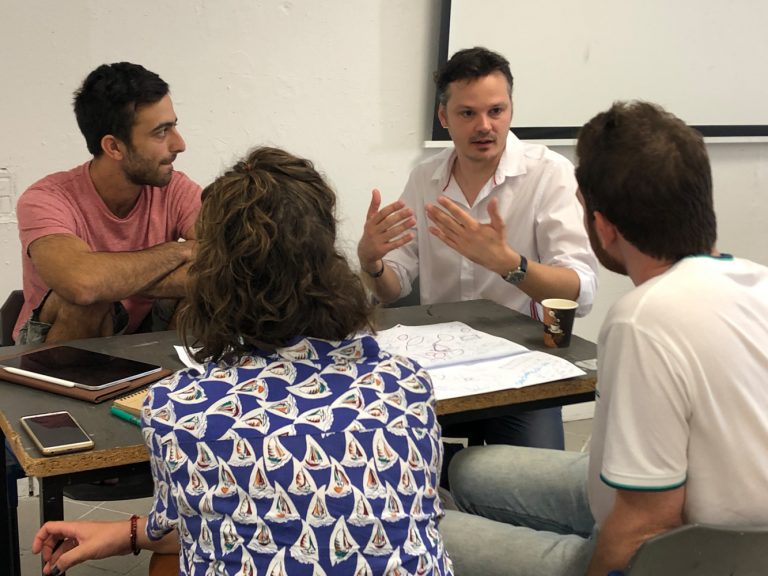The last decade was the hottest on record worldwide, and large cities are warming faster than the planet. Scientists predict that extreme heat events — already more deadly than
all other weather-related events combined — will become more frequent.
Cities are often warmer than their suburbs because of a phenomenon called “the heat island effect.” The way a city is designed — the building materials used, the way streets are arranged, the lack of canopy — can actually sequester heat. More than half of the world’s population (and growing) live in cities, so interest in figuring out how to cool them down might be growing, too. The goal is to come up with conceptual products and services which could help to reduce the risk of compromising human health in the cities. Urban planners, architects work on a big scale to reduce extreme heat. This workshop focuses on designs in smaller scale which could help people in everyday urban activity as a public service, therefore both urban scale and personal devices are out of scope. At the end of the workshop student groups will present their designs in form of concept drawings, renderings and relevant small scaled models.
Balázs Püspök, Head of Design Institute, associate professor DLA, Product Design Department, Design Institute Moholy-Nagy University of Art and Design, Budapest, Hungary
Noam Kollmann, Industrial design department HIT, Israel
